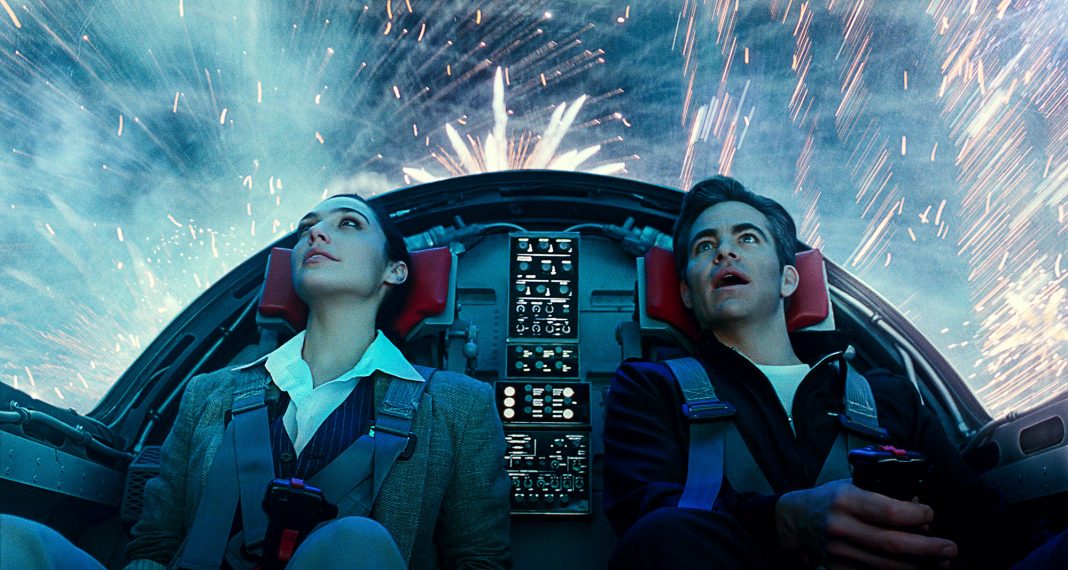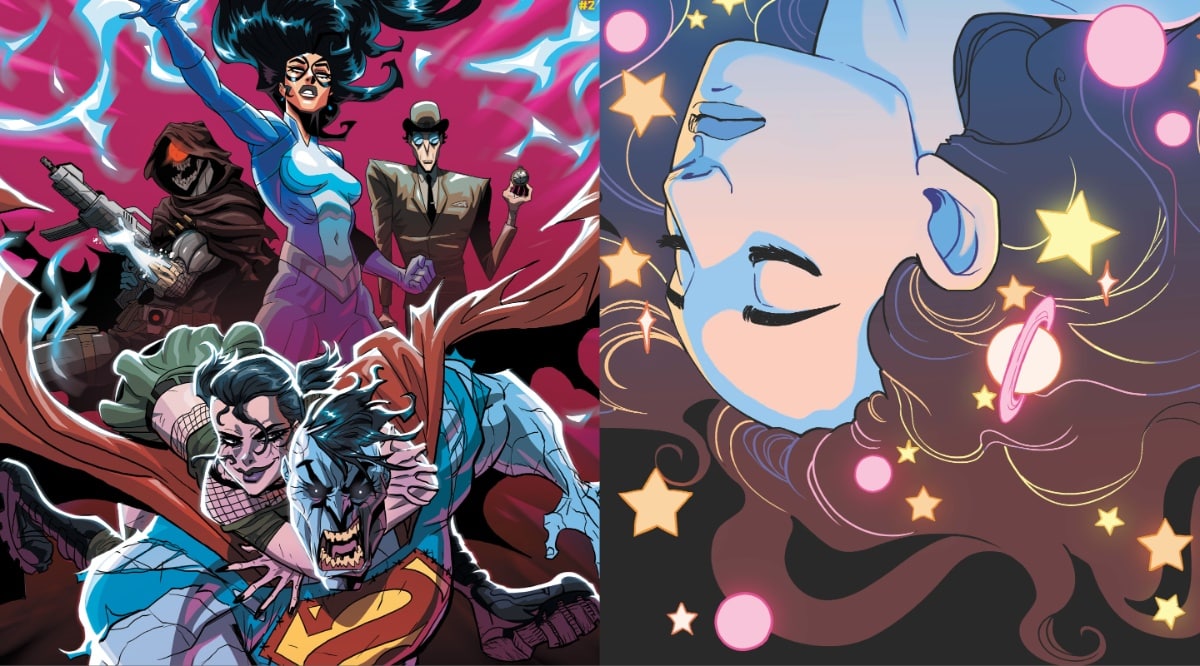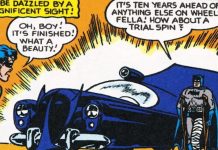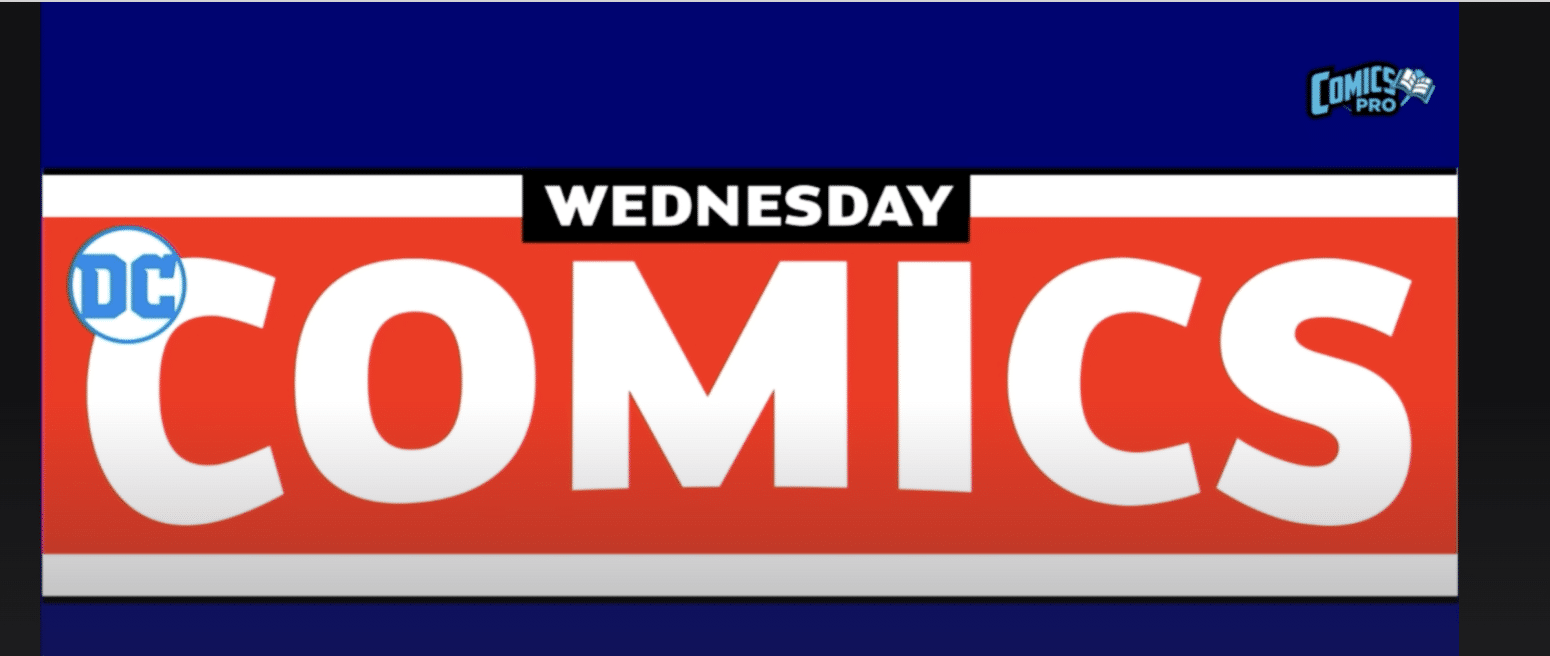The moment a youthful Steve Trevor (Chris Pine) appeared in promos for Wonder Woman 1984, a sequel to the World War I era Wonder Woman, it was clear there’d be some kind of gimmick involved. But really, who cares? The chemistry between the two was great in the first film, and superhero films are rarely planted in realism. It turns out that gimmick is wish fulfillment – and the unexpected price you pay for that wish coming true.
I couldn’t think of a more apt metaphor for both the highs and lows of Wonder Woman 1984.
Set in, obviously, 1984, WW84 flash-forwards decades beyond its predecessor to show us how Diana Prince (Gal Gadot) is navigating life post-Steve. It’s mostly what you’d expect: she works at a museum by day and spends her off-hours swinging through malls to save children from danger. And she’s even making a new friend in museum colleague Dr. Barbara Minerva (Kristen Wiig), an archaeologist specializing in ancient stones and antiquities. But when the museum is tasked to identify one particular stone, which has the power to grant wishes, business tycoon Maxwell Lord (Pedro Pascal) comes into Diana’s orbit and becomes obsessed with harnessing the stone’s power for his personal gain.
At its heart, WW84 is about the allure of false hope over hard truth. It’s a message that is nothing if not timely. Each character in its orbit, as well as the world at large, is tasked with choosing between the betterment of the world or their own personal gain. It’s a weighty subject, set in a Regan-era world that doesn’t look too dissimilar from our own. While Maxwell Lord is certainly his own entity rather than a caricature of any one person, it’s not hard to look at him as a prototype for modern-day demagogues. He is an insecure man who views his public image as his measure of success, who preys on people via television airwaves by falsely claiming he can make their lives better in exchange for power. Sound familiar?
The fact that I can say so much about the meaning and message of WW84 is a testament to how much the film has on its mind. Director Patty Jenkins has arguably helmed the best film so far of the DC extended universe in the 2017 Wonder Woman, and I can remember specific moments vividly – Diana and Steve’s banter, the fish out of water humor, and the unforgettable No Man’s Land action scene. But if you asked me what it was really about, what it had to say, I’d struggle to come up with something more elementary than: war is bad? If the film had any specific weakness, it was that lack of message as well as an incredibly messy CGI-fest third act that jeopardized the film’s overall direction and feel.
So if I wished anything for the follow up from Jenkins, it would be a better ending, and boy did we get one. Without giving anything away, the spirit and tone of WW84 feels more on brand for its character, much like Birds of Prey did for Harley Quinn. The first half of the film is largely a superhero flick by way of a romantic comedy, complete with a major glow-up for a frizzy haired friend who takes off her glasses and suddenly captivates the world with her beauty. It’s silly, fun, and it revels in the tackiness of the 80s trappings while somehow always managing to make Diana look timeless and sleek. The chemistry between Pine and Gadot was as solid as always, as is their fish-out-of-water inversion as Diana is the one who has to explain to Steve how the world really works. And the comedic chemistry between Wiig and Gadot is a high point of the film. But that perfectly on-brand-for-the-character feeling is the most apparent in the film’s final act, which is both clever and refreshing, exchanging the never-ending CGI-slugfest for something more personal and meaningful to the character.
Suffice it to say there’s a lot I liked about WW84. But clocking in at 2 ½ hours, that still left plenty of room for things I didn’t like. For every improvement WW84 made upon its predecessor, for all of those wishes granted, it also paid a price. That No Man’s Land action scene I mentioned before? There’s nothing in WW84 that even comes close. From the very first 20 minutes we’re shown action sequences that look relatively straight forward – Diana swinging in and scooping up children to save the day – but suffer from a serious rubberband effect that make the CGI glaring and jarring to the sequence. From that initial scene I was already worried and thinking of lower-budget action sequences I’d seen in CW shows.
The uneven action comes back around the film’s midpoint, when Diana and Steve are involved in a broad-daylight car chase sequence that looks like a less successful imitation of a scene from a movie like Mad Max: Fury Road (or, more recently, Tenet). It’s a scene that takes a lot of confidence to even attempt, but again, doesn’t quite deliver. And lastly, of course, is a brief fight sequence we get with a CGI-cat looking Cheetah, which I probably don’t have to tell you is just as bad as it looks in the previews. Add to that the overly-somber feel of the Hans Zimmer score, which often feels at odds with the film’s tone, and you start to feel the jarring effect of zigging and zagging between the things that work and the things that don’t.
It seems like 30-45 minutes of WW84 would have been better left on the cutting floor in favor of something sleeker. We didn’t really need the film’s opening flashback, seeing CGI Diana save so many kids, or so many shots of The World on Fire with Serious Music for the film to make its point. Somewhere in there I think there’s a slimmed down version of this film that’s as successful as the original by focusing solely on what the film is good at and letting all of the unnecessary pieces go. But as it stands, WW84 is a bright and messy film, full of optimism and confidence, but so sure of itself it doesn’t know when it’s gone too far.








